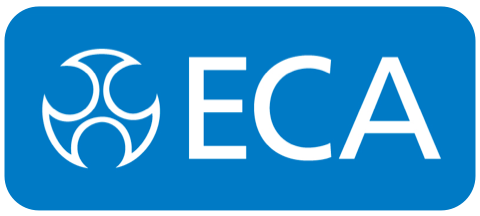This section gives advice on applying the right technical standards, latest news and updates to ensure you’re fully equipped to understand the complexities when installing these systems.
Applying the right standards is crucial when carrying out different areas of work; importantly they fulfil obligations under contract but ultimately obligations under Health and Safety and the Electricity at Work Regulations.
When designing, installing, commissioning, testing, inspecting or maintaining security systems, depending on the scope of work, a combination of the most recent edition of the following standards would apply:
Intruder Alarm:
- PD 6662 Scheme for the application of European standards for intrusion and hold-up alarm systems *Plus IA 1501 industry agreement on interim update to PD6662:2010
- BS 8243 Installation and configuration of intruder and hold-up alarm systems designed to generate confirmed alarm conditions. Code of practice
- DD CLC/TS 50131-7 Alarm systems. Intrusion and hold-up systems. Application guidelines
- BS EN 50131-1 Alarm systems. Intrusion and hold-up systems. System requirements
- DD 263 Intruder and hold-up alarm systems. Commissioning, maintenance and remote support. Code of practice .
CCTV:
- BS EN 62676-1-1Video surveillance systems for use in security applications. System requirements. General
- BS EN 62676-4 Video surveillance systems for use in security applications. Application guidelines
- BS 8418 Installation and remote monitoring of detector-activated CCTV systems. Code of practice
Access Control:
- BS EN 60839-11-1 Alarm and electronic security systems. Electronic access control systems. System and components requirements
- BS EN 60839-11-2 Alarm and electronic security systems. Electronic access control systems. Application guidelines.
- BS 7671 Requirements for Electrical Installations. IET Wiring Regulations – to reference the correct installation of cables for the above systems.
- HSR 25 Guidance on The Electricity at Work Regulations 1989
